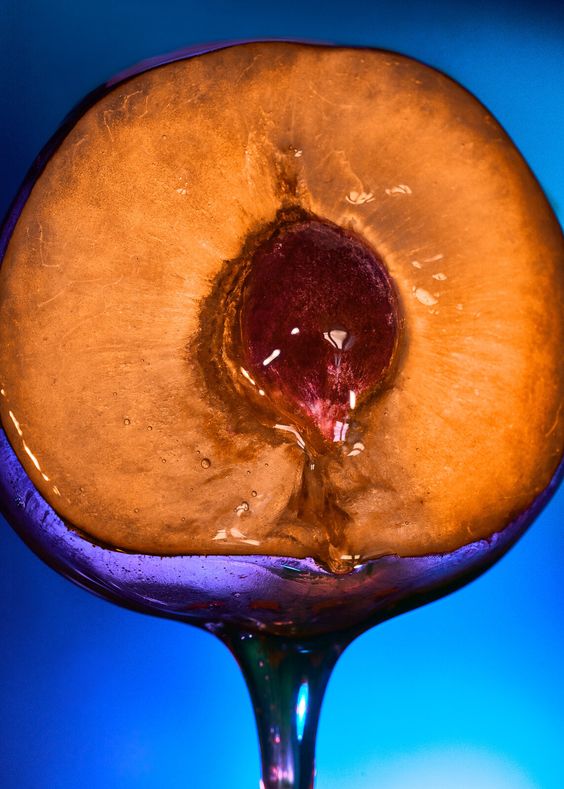In the vast landscape of human sexuality, few topics spark as much curiosity and confusion as squirting, also known as female ejaculation. This article seeks to unravel the scientific understanding of squirting, debunk common misconceptions, and highlight its significance in sexual health.
The Science of Squirting
Squirting involves the release of fluid from the Skene's glands, often dubbed the female prostate, near the urethra during or before orgasm. Research indicates that the expelled fluid is mostly water, with traces of urea, creatinine, and uric acid, resembling, but differing from, urine (Salama et al., 2015).
Common Misconceptions
One prevailing myth suggests that all women should squirt for genuine sexual satisfaction. However, scientific evidence refutes this, as squirting is not experienced by all women and isn't a universal indicator of pleasure or orgasmic intensity (Beverly Whipple, et al., 2012).
Another misconception claims that squirting is merely urine, which studies disprove by analyzing the biochemical composition of the fluid, revealing its unique properties (Salama et al., 2015).
Implications for Sexual Health
Understanding squirting in the context of sexual health is crucial. For some women, it's a natural occurrence that should be destigmatized. Including accurate information about squirting in sexual education promotes a healthy and inclusive dialogue about women's sexual experiences.
Moreover, exploring squirting can enrich sexual intimacy and communication between partners, fostering a deeper understanding and acceptance of each other's bodies.
The squirting phenomenon involves a complex interplay of anatomy, physiology, and sexual health.
By dispelling myths and embracing scientific research, we can encourage an informed and open conversation about female ejaculation, promoting sexual well-being and empowerment.
References:
Salama, S., Boitrelle, F., Gauquelin, A., Malagrida, L., Thiounn, N., & Desvaux, P. (2015). Nature and Origin of "Squirting" in Female Sexuality. Journal of Sexual Medicine, 12(3), 661-666. https://onlinelibrary.wiley.com/doi/abs/10.1111/jsm.12799
Whipple, B., & Komisaruk, B.R. (2012). The G-spot, female ejaculation, and the female prostate: Fact or fiction? Journal of Sexual Medicine, 9(5), 1355-1359. https://www.ncbi.nlm.nih.gov/pmc/articles/PMC8498956/






